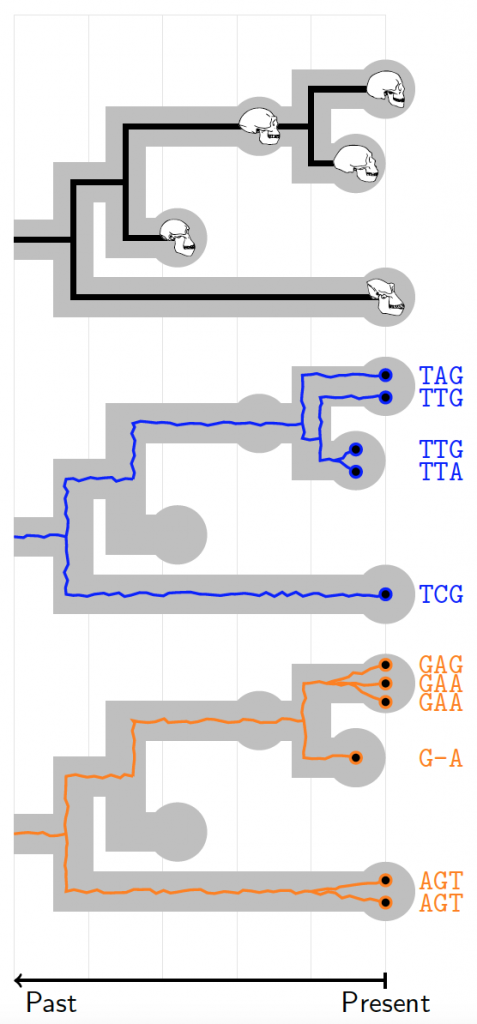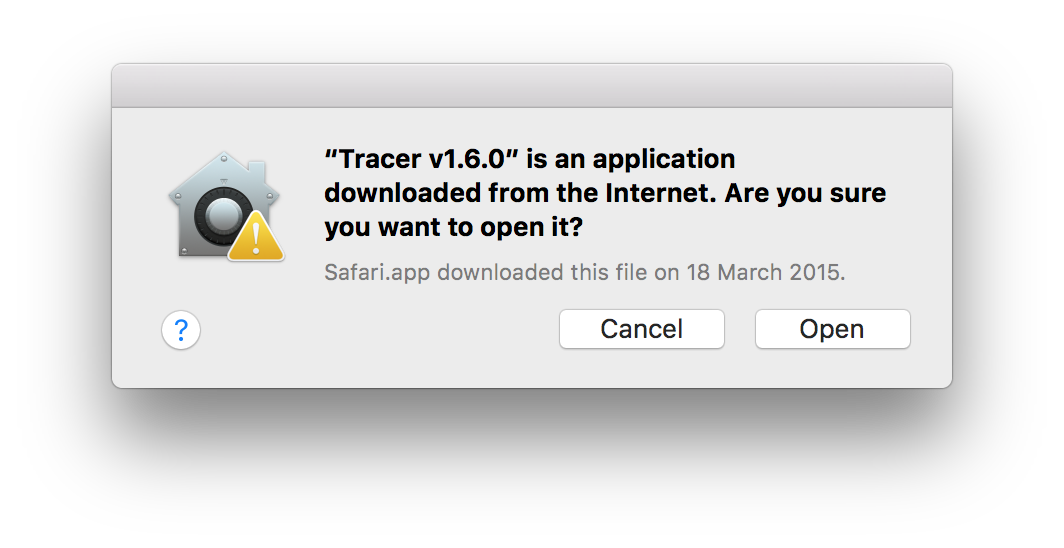Replicability support
The biggest addition is that it is now possible to run an XML file with BEAST that uses
exactly the package versions that were used to create the XML in BEAUti. This means that
changes in the XML due to changes in package versions are no longer a problem, and you can
run an analysis with exactly those package versions of the original analysis.
The way it works is that BEAUti adds a “required” attribute on the beast-element in the
XML containing packages and their versions used to set up the analysis. Of course, you can
edit the XML by hand and change version numbers and add packages if you like. BEAST now has
a “-strictversions” flag, so when you start BEAST that option it only loads packages and
versions as specified in the “required” attribute.
Of course, the versions of these packages must be installed for BEAST to be able to load
them. Therefore, the package manager in BEAUti now allows specifying specific versions of
the package to install, and multiple package version can be installed side by side. By
default, the latest version of the package that is installed will be loaded, unless the
“-strictversions” flag is set. The addonmanager utility has a -version flag for specifying
the package version to install, if you prefer installing packages from the command line.
BEAUti
Previously, it was possible to edit priors, but these editing actions could interere with
cloning substitution and clock models. A
When importing FASTA files, previously a single character other then A, C, G or T meant that
the alignment was classified as amino acid, even if it is a nucleotide alignment. This
version counts the number of non-A,C,G,T characters and makes a better guess based on that
number wrt total number of characters in the alignment. Furthermore, a dialog pops up
where you can change that guess if it was incorrect. If many alignments of the same datatype
are loaded at the same time, you can choose to mark al as the same type so you don’t have
to close down the dialog for every of these alignments.
MRCAPriors imported through NEXUS files (using a calibrate entry) were not logged in the
trace log, but now they are.
BEAST
There are a few tree parser fixes
StarBeastStartState now takes bounds of parameters it sets in account so if you specify
a bounds on birth rate or any of the population sizes the initial state will not violate
them. Previously, these bounds were ignored resulting in the analysis not being able to
be started.
Operator schedules can now be nested. This means that you can specify a portion of the
operator weights to
Improved error reporting (as usual).
Package manager
Added -version flag to specify exactly which package version to install.
TreeAnnotator
Now calculates 2D HPD intervals by default (for phylogeography analyses). Spread3 requires the
uncertain intervals to be available, but they were not by default, resulting in confusion
by several users.
Added -nohpd2D flag to suppress 2D HPD interval calculation, since any 2-dimensional continuous
trait that is logged on the tree will now by default gets a 2D HPD interval calculated. However,
if the interval is not contiguous, TreeAnnotator produces a warning message, which may not
be appropriate for any but geographical regions. This flag helps suppress the messages and
reduces calculation time.
Added -noSA flag to suppress tree set being seen as that of a sampled ancestor analysis.
It can happen that a tree set contains a branch of length zero, which is interpreted by
TreeAnnotator as a sampled ancestor tree. Setting this flag prevents this interpretation.




